My team and I recently returned from eTail West in San Antonio, one of the largest online retail conferences in the U.S. Like every year, we had a lot of meetings, learned about new technologies, and met with current customers. During this semi-annual conference, however, I always like to meet with new, smaller retailers who may or may not know the value of product recommendations and how they can shift the bottom line for their company. Meeting with people like these serves as a great opportunity for me to go back to the basics and consider why we are in this business in the first place: to help retailers sell more. Since I spent so much time during the conference chatting with people about the core value of product recommendations solutions, I thought I’d extend that conversation here and share with others why a product recommendation engine is a must for any online retailer. There are lots of really great product recommendations solutions companies out there, and most of them will do just everything you need them to.
There are four immediate and direct benefits of a product recommendations engine:
- Product Recommendations Deliver New Sales. Increasing revenue is the fundamental raison d’être for every product recommendation engine, and, most solutions that are worth their salt will drive a 10 to 20 percent sales increase for just about any retailer. They achieve this in two ways: up-selling and cross-selling.
Cross-selling is similar to standing in line at the grocery store, but on a much grander scale. At the grocery store checkout, every single customer is faced with “impulse” items— the last minute soda, magazine, or pack of gum — in the hope that many end up tossing one or a few of them into their carts. Last year, grocers accounted for the majority of the $27 in one-time magazine sales in the U.S. In fact, impulse buys at the checkout line make up six percent of all sales in this country. Cross-selling in online retail is similar in concept, but is not limited to just impulse-buy products. For example, when a customer is looking at new golf clubs, the recommendation engine, if set with proper business logic, will suggest golf balls, a golf glove, and a golf shirt. But even better, the engine, knowing precisely what the customer has been looking at on this visit and in all previous visits, will suggest not just gold balls but the Titleist Pro V1 golf balls because that was what she bought last time she visited, a medium-sized FootJoy WeatherSof golf glove because she saw that five pages ago, and the small-sized black Adidas golf shirt that she put into her cart two weeks ago but ended up not buying.
Cross-selling online is far more meaningful and personal than the checkout line at the grocery store is. And most importantly, it is more lucrative on a cart-by-cart basis, because the products suggested do not have to be inexpensive, last-minute impulse items. Rather, they can be previously purchased, thoroughly considered and expensive. Through cross-selling, a good product recommendations engine will boost AOV (average order value) by eight to 12 percent.
- Product Recommendations Engines Save on Costs. Imagine the time it would take for one marketing person to manually do all the merchandising described in No. 1 above. For any retailer with more than 1,000 products, it would be impossible. Now, imagine how many people it would take to manage all up-sell and cross-sell promotions for a retailer with 10,000 products. Product recommendations engines handle product catalogs of up to 10 million SKU’s and databases of millions of customers’ visit and purchase histories quickly and in real-time, saving enormous amounts of money for retailers.
- Product Recommendations Boost Loyalty and Retention. When customers know their visit and purchase histories are saved in a store, they are more likely to return and purchase from that store again. Generally speaking, people like to receive suggestions and offers that are relevant to them, and the more personalized and relevant those offers are, the more likely they are to return.
- Product Recommendations Engines Decrease Bounce Rates. This point is less sexy than the immediate 10-20 percent sales increases retailers enjoy from recommendations engines, as discussed in No. 1, but it’s important nonetheless. Chances are high that marketers have spent a significant amount of SEM dollars to get a customer to their home page or some other landing page. Without a product recommendations solution, there is also a really good chance that that page upon which the customer arrives will have only one product on it. If it is not the right product, there is a corresponding likelihood that he will click the back button, search again, or just click a different link. Flush! There goes the $1.20 you paid for that click. Why limit those odds so much? A product recommendation engine can greatly increase the chances that a customer is going to find what he is looking for, by sheer virtue of the fact that there are more products on the page than the one you advertised on Google. It’s every marketer’s job to eliminate as much as they can customer bounce rates. With product recommendations plugged into your website, you’ll increase the odds of your customer clicking forward towards the shopping cart.



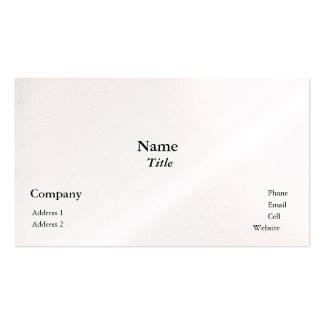
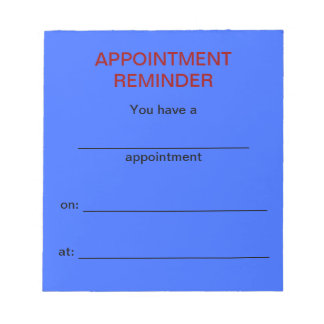
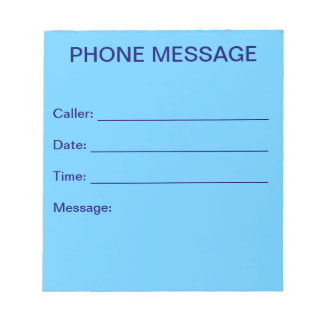
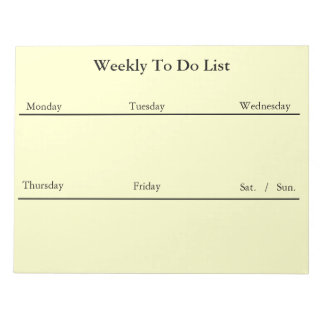
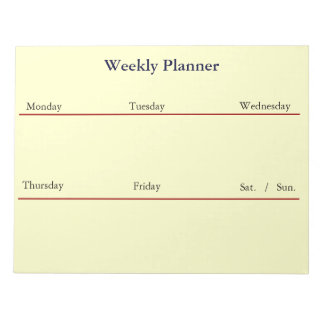

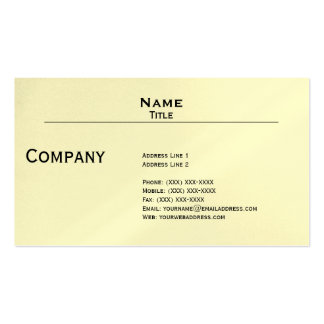

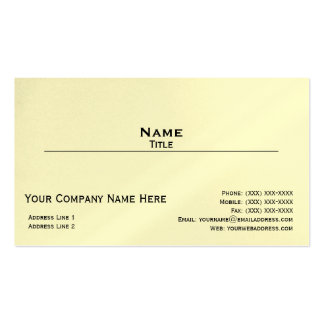
No comments:
Post a Comment